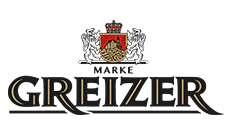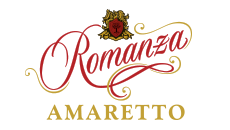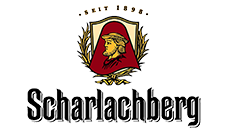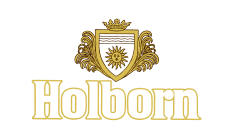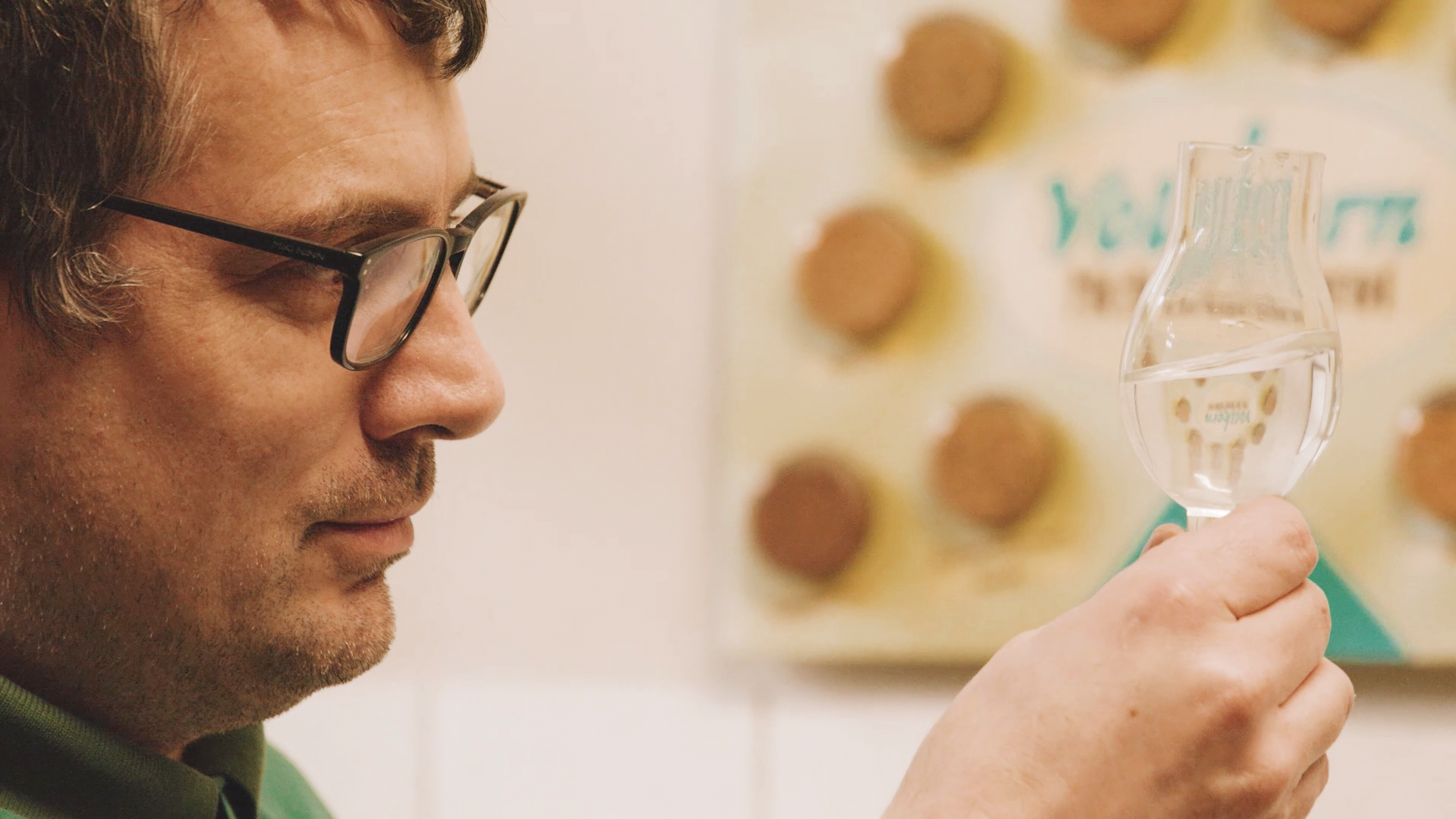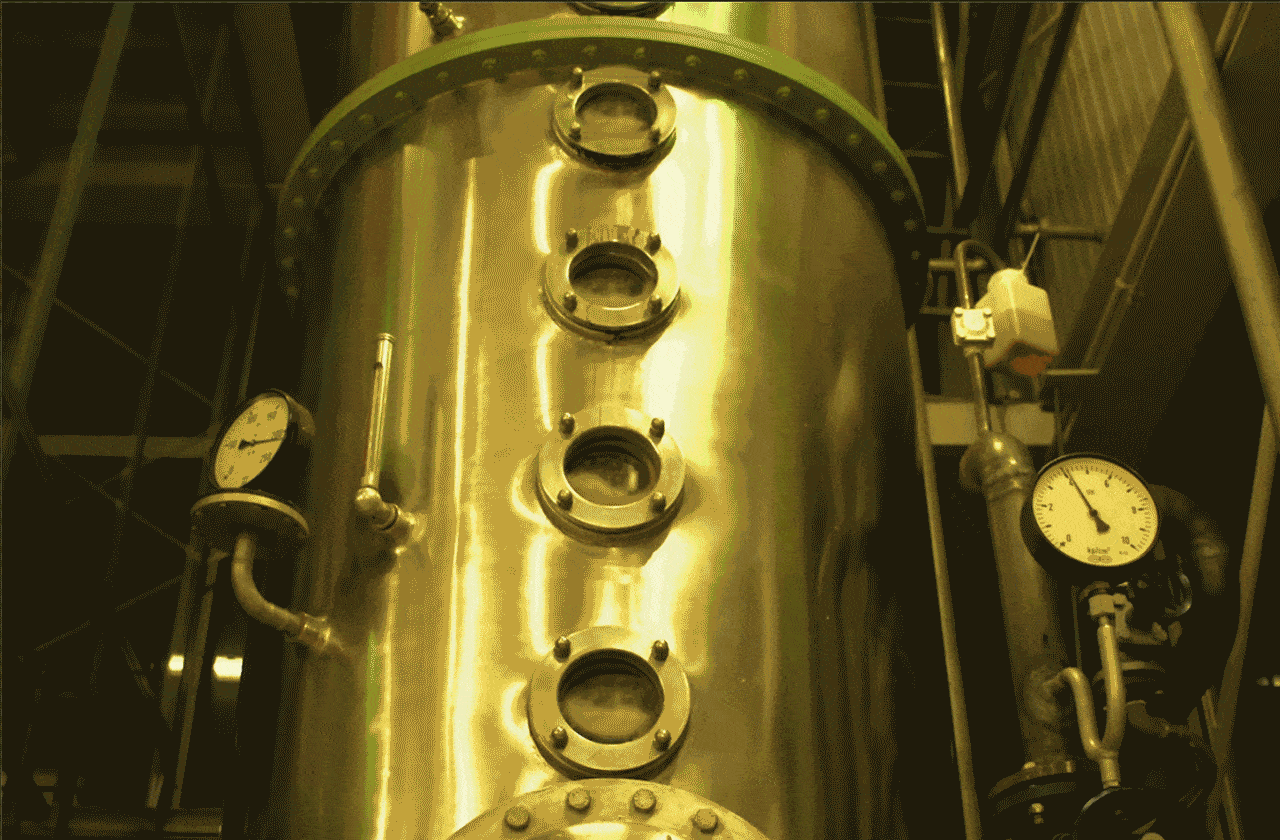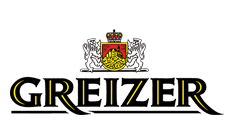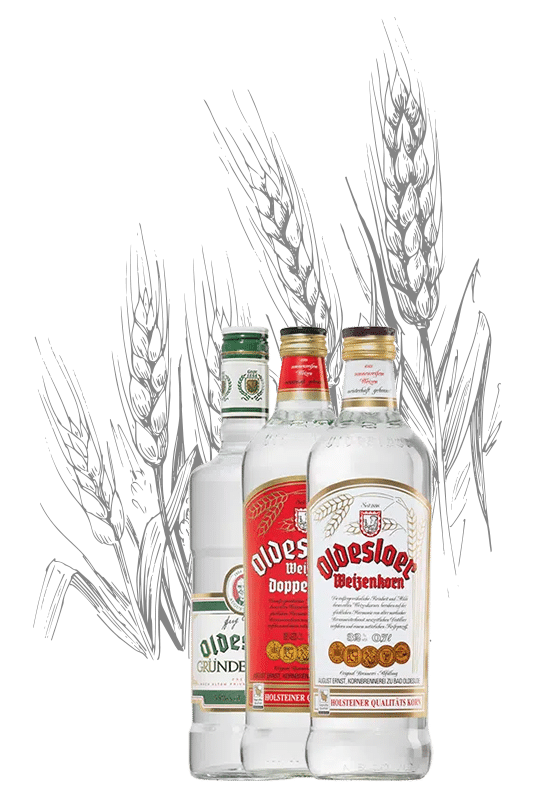The Story of the Wind Water Grain of Wheat
Anyone in the gastronomy of the Kornland Schleswig-Holstein who is looking for a good, cool Korn will always find an Oldesloer almost everywhere. Because he always stays the way he is, he has gained more and more confidence every year. And that for over 100 years. No wonder Oldesloer Korn can count on millions of loyal friends. Anyone who has tried it knows why.
Korn is called Schnaps in the colloquial language. But by no means every schnapps and every Klare is a Korn. Because corn really has to be made of corn. With us from wheat grain. The art of distilling made its way from Arabic to Europe in the Middle Ages, was refined by alchemists and captured the spirits of nature in bottles, where they promised healing powers and enjoyment at the same time. The vernacular coined the recipe that has become famous: Schnaps is good for cholera.
1507 Kornbrand in the north of Germany is on record for the first time. Flemish grain distillers flee from Duke Alba to Germany and bring their trade with them. 1879 saw the big upswing. Phylloxera, imported from America, is destroying European wine cultures. Cognac and brandy are becoming scarce, but the desire for spirits remains. Korn jumps into the breach and delivers what he promises. Since 1884, Bismarck’s laws have promoted grain distilling in small farms. The condition is that the residue, the protein-rich stillage, is fed to their own cattle and the nutrient-rich dung is plowed under on their own land.
1898 August Ernst, master distiller and farmer, founds a corn distillery with attached farm in Oldesloe.



